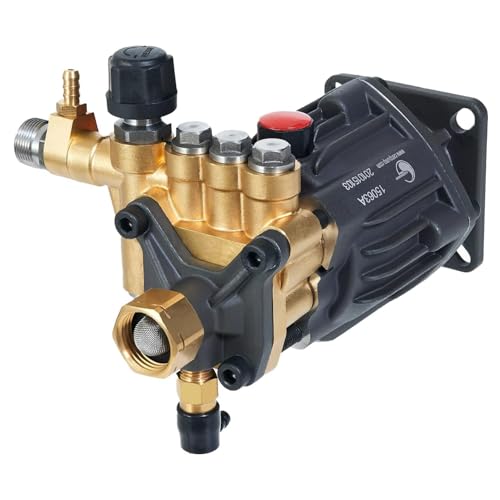

For those seeking to enhance the longevity and performance of their cleaning equipment, a thorough understanding of the unloader mechanism is crucial. This component plays a pivotal role by managing the flow of water, especially during periods of inactivity. As an individual who has spent over a decade analysing various models and brands, I can share insights into its operation and maintenance.
The essence of this device lies in its ability to divert water flow from the pump when the trigger is released. This action relieves pressure within the system, preventing potential damage. When the trigger is engaged, the mechanism smoothly transitions back to its operational state, allowing for a consistent flow. Observing its function can provide valuable clues about the overall health of the equipment.
Regular inspection and timely maintenance of this mechanism cannot be overstated. Signs such as a fluctuating pressure or unusual noises can indicate a malfunction. Addressing these issues promptly ensures optimal performance and avoids costly repairs. Knowledge of how this component operates empowers users to make informed decisions about their equipment care.
Understanding the Function of an Unloader Valve in Pressure Washers
The mechanism responsible for managing water flow and pressure cycling is a key component that should not be neglected. This component redirects water when the trigger is released, allowing the unit to maintain optimal performance without unnecessary wear.
Here are some specific features and functions to consider:
- Pressure Regulation: A properly calibrated device ensures that the system operates within safe limits, preventing excessive pressure buildup that could damage internal components.
- Bypass Mode: When the trigger is not engaged, it shifts to bypass mode, allowing water to recycle without passing through the nozzle, which preserves the equipment and enhances longevity.
- Flow Control: This helps maintain consistent performance by controlling the volume of water being pumped, thereby enhancing cleaning efficiency during operation.
- Prevention of Overheating: By circulating water back to the inlet, the unit prevents overheating that could potentially harm the motor or pump.
Regularly inspecting this part is critical for maintaining peak performance. Signs of wear or malfunction include unusual noise, pressure fluctuations, or shearing of components during operations. Addressing these issues promptly can save time and cost in repairs.
Keep a lookout for any leaks around the connections, as these can indicate a compromised seal that may require immediate attention. Routine maintenance and cleaning of this section will ensure smooth and reliable functionality.
Key Components of a Pressure Cleaning Equipment’s Bypass Mechanism
An effective bypass mechanism consists of several key parts that ensure proper functionality and reliability. Each component plays a specific role in regulating fluid flow and pressure during operation. Understanding these elements is vital for both maintenance and troubleshooting.
Spring
The spring is a fundamental aspect of the bypass assembly. It acts as a tensioning device, pushing against the actuator to help maintain a balanced pressure level. When the trigger is released, the spring forces the actuator back into its resting position, redirecting fluid flow back to the inlet line and preventing pressure build-up.
Actuator
The actuator is the driving force behind the flow regulation process. It responds to changes in pressure and shifts its position in reaction. A well-functioning actuator ensures that the appropriate amount of liquid is diverted when the cleaning tool is not in use. Any wear or damage to this component can lead to inconsistent pressure control, impacting performance.
The Role of Pressure Regulation in Unloader Valves
Accurate regulation of force within a cleaning system is paramount for optimal operation. The unloader mechanism serves to manage this force effectively by adjusting the flow based on predefined settings, enhancing both performance and durability of the apparatus.
Mechanism of Action
When the trigger is released on the spray gun, the unloader mechanism redirects the flow of fluid back into the inlet side of the pump. This cyclical process prevents excessive stress on the components while ensuring that the machine can resume operation promptly. A properly calibrated unloader maintains steady force levels, reducing the risk of overexertion, which could lead to premature failure of the unit.
Significance of Proper Setting
Misadjustment can result in either insufficient or excessive force, leading to inefficient cleaning or potential damage to surfaces. Regular inspection and calibration of the unloader settings are recommended to optimise operation. The following table outlines common scenarios and appropriate adjustments:
| Issue | Adjustment Needed |
|---|---|
| Low cleaning force | Increase pressure setting |
| Excessive vibrating | Reduce pressure setting |
| Inconsistent performance | Check for debris or wear |
Regular calibration aids in achieving a balance that not only preserves the equipment but also guarantees effective cleaning outcomes across various tasks.
Common Issues with Unloader Valves and Their Symptoms
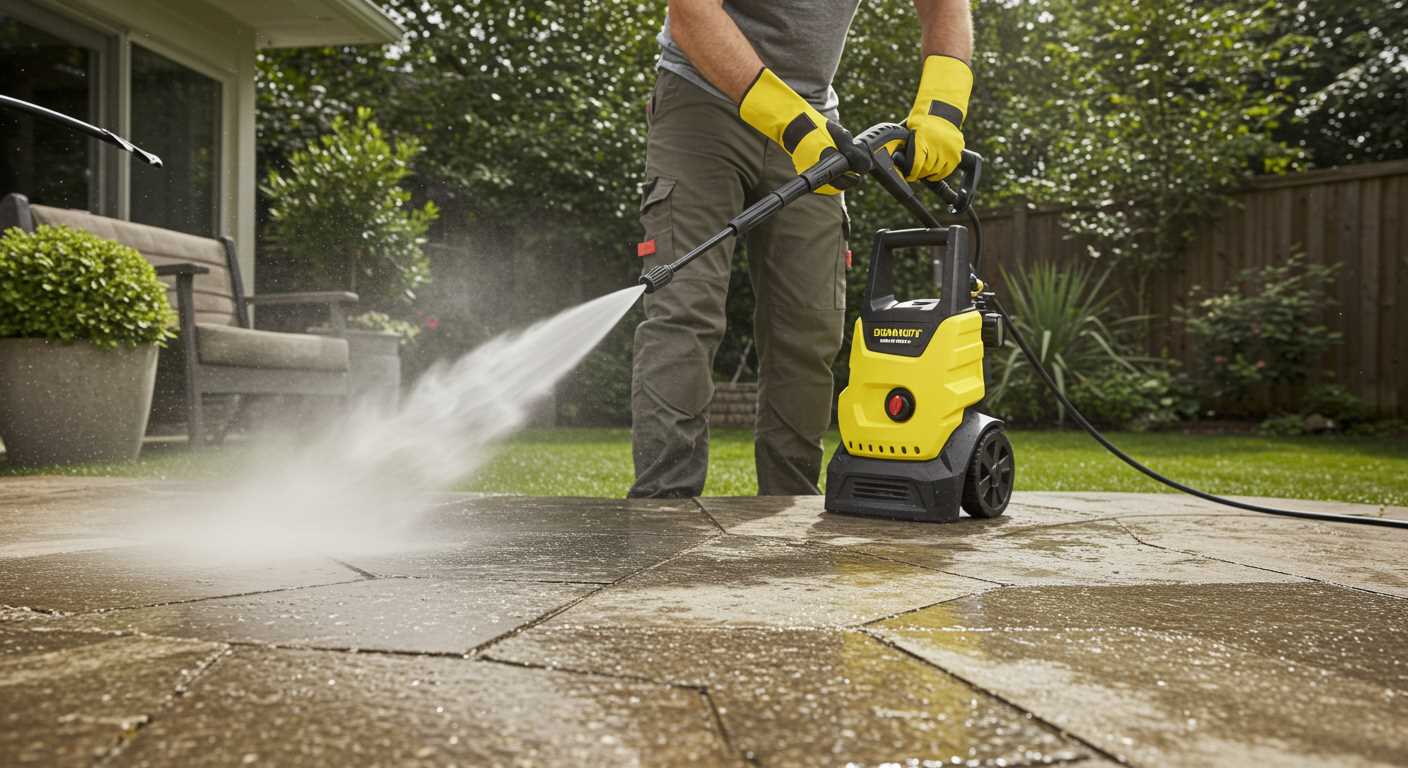
Leaks at connections often indicate worn seals or gaskets within the assembly. If you notice water escaping from the sides, it’s crucial to inspect these components and replace them as necessary to prevent further issues.
Inconsistent pressure during operation can stem from blockages or failures within the mechanism itself. If the unit fluctuates between high and low pressure, I recommend checking for debris in the inlet or a stuck spring that needs attention.
Excessive noise or vibrations signal malfunctioning internal parts. Listen for unusual sounds while in use–this can suggest that a component might be detached or damaged and needs immediate review.
Continuous operation without a load indicates a stuck or malfunctioning component. If the unit runs while not in use, investigate the mechanism to ensure it returns to the correct position and that no debris is obstructing function.
If the device shuts off unexpectedly or runs intermittently, electrical components could be at fault, or sensor malfunctions may arise. Inspect electrical connections and the control system to identify and rectify the problem.
To avoid these issues, regular maintenance is key. A scheduled inspection and timely replacement of worn parts will prolong the life of your equipment and maintain optimal performance.
Troubleshooting a Faulty Device for Pressure Regulation
First, check for leaks around connections. A drop in performance might indicate a loose fitting or a damaged seal. Tighten connections and replace any worn seals to restore efficiency.
Next, test the pressure settings. Use a pressure gauge to ensure that the output matches manufacturer specifications. If readings are inconsistent, it may signal that the internal mechanism isn’t functioning correctly. Inspect for blockages and clean any debris that could be impeding flow.
Listen for unusual sounds during operation. A sputtering or chattering noise can suggest that the internal components are not engaging properly. In such cases, disassemble the unit to check for stuck parts or damaged springs. Replace any faulty components as required.
Keep an eye on the temperature. Overheating can cause internal parts to warp or seize. Monitor running times and consider allowing breaks to cool down the equipment between uses. If overheating persists, seek further inspection of the thermal relief system.
Lastly, verify that the pressure levels are not dropping rapidly. Sudden decreases often point to a malfunction in the release mechanism. Test for proper cycling; if the mechanism fails to return to its resting state, replacing the faulty assembly may be necessary.
Steps to Maintain Your Pressure Cleaning System’s Unloader Component
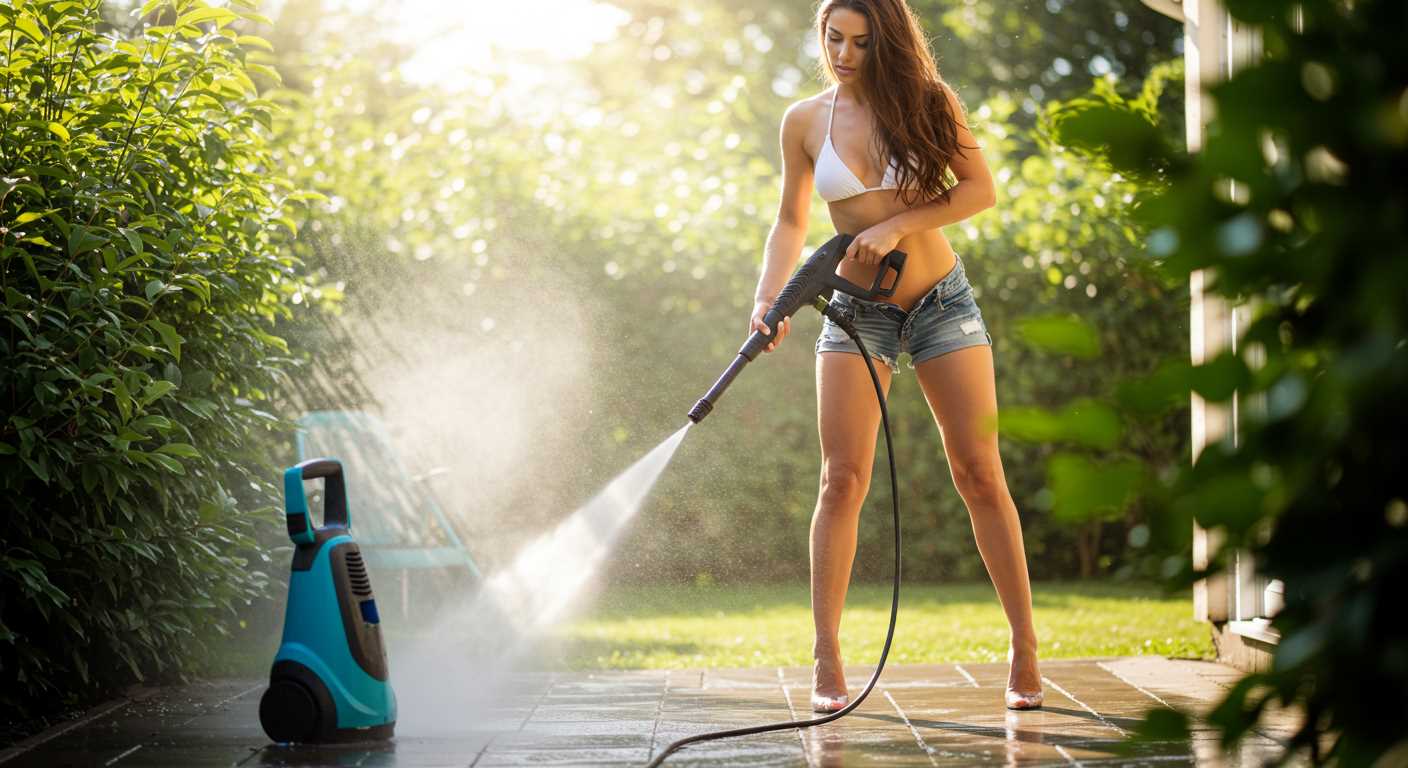
Regular upkeep of the bypass feature is key to ensuring longevity and performance. Start with a visual inspection each time before use. Look for any signs of leaks or corrosion that may indicate wear.
1. Clean the Inlet Filter
Checking and cleaning the inlet filter is vital. Remove it from the assembly and rinse it under clean water to eliminate debris. If damaged, replace it promptly to avoid operational issues.
2. Inspect and Lubricate Seals
Examine seals for cracks or degradation, as these can lead to pressure loss. Apply a silicone lubricant judiciously to prevent wear and ensure a tight seal during operations.
3. Test Functionality
After maintenance, run your system briefly at low pressure to confirm that the component can divert flow correctly. Watch for fluctuating pressure or unusual noises.
4. Check for Tightness
Ensure all connections to the bypass mechanism are secure. Looseness can lead to leaks and affect overall efficiency. Tighten connections as necessary, but avoid over-tightening, which can cause damage.
5. Store Properly
When not in use, store your unit in a dry environment to prevent moisture accumulation that could cause rust. Protect the unit from extreme temperatures that could harm internal components.
Adhering to these steps ensures that your cleaning apparatus operates smoothly and effectively, extending its serviceable life significantly.
When to Replace Your Unloader Valve: Signs to Look For
Look for the following signs indicating a potential need for replacement:
1. Continuous Water Flow
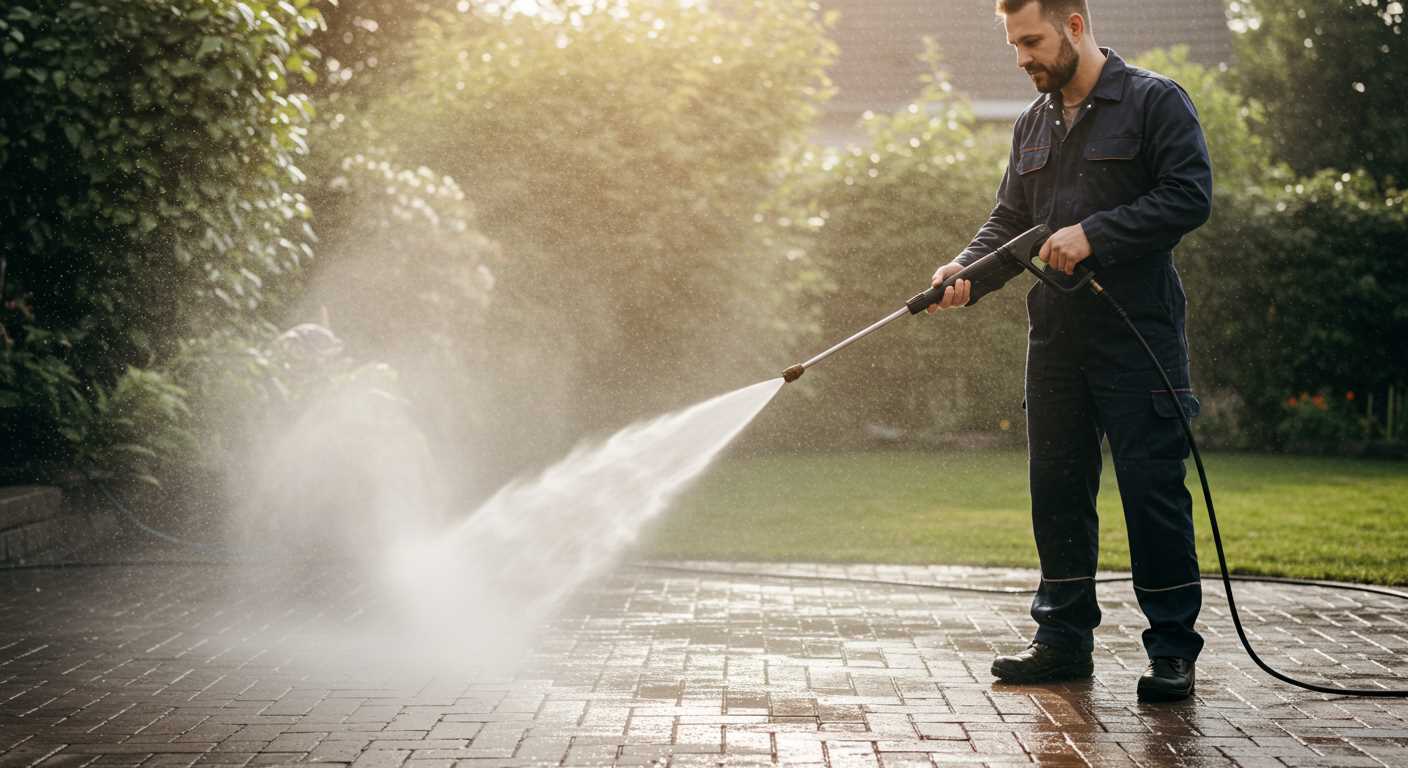
If water flows continuously from the nozzle while the trigger is not engaged, this may signal a malfunctioning mechanism. A functional assembly should stop water flow when the trigger is released.
2. Pressure Fluctuations
Inconsistent water pressure can suggest an issue. If you observe sudden drops or spikes in pressure during operation, it may indicate that the component isn’t regulating pressure correctly.
3. Unusual Noises
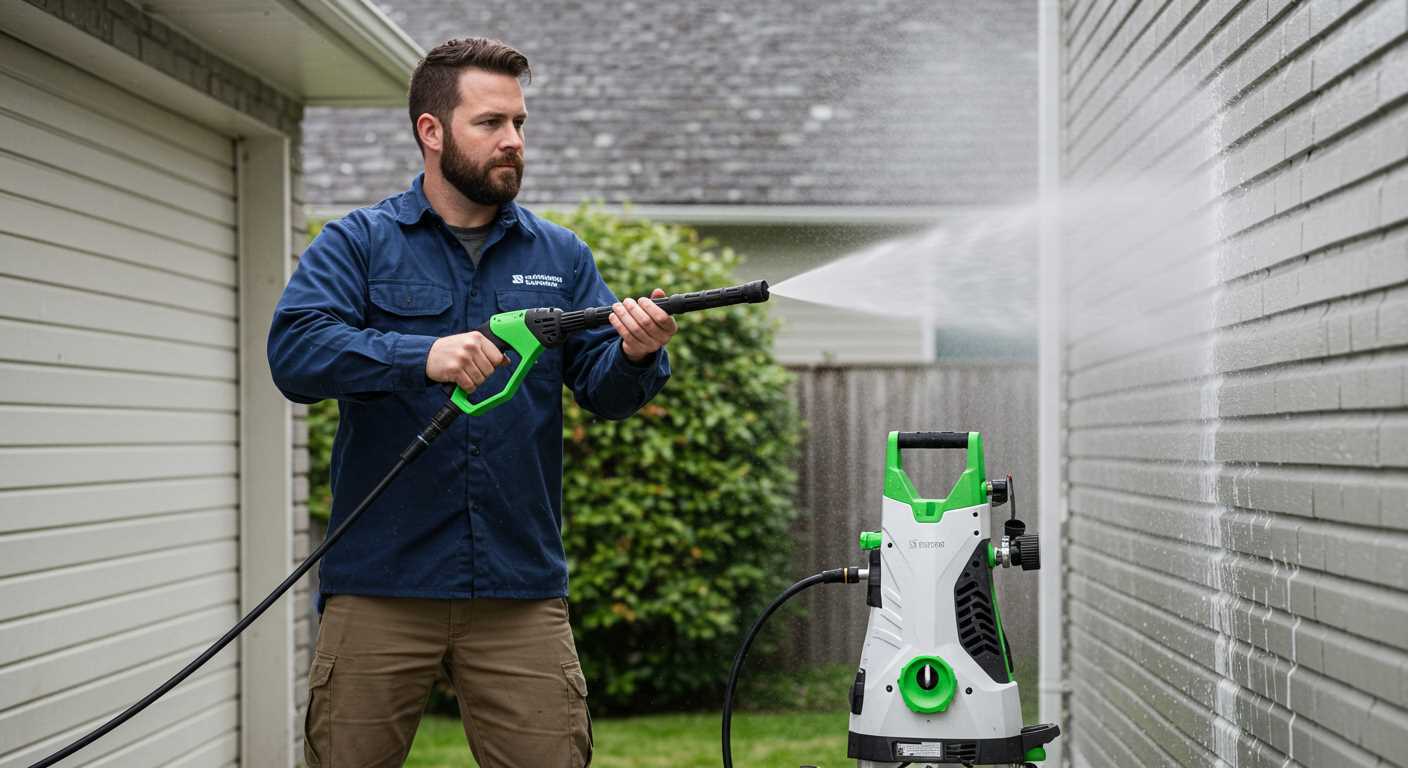
Listen for rattling or chattering sounds. These might indicate internal wear or damage, prompting a closer inspection or replacement.
4. Leaks
Check for leaks around the fitting. Persistent dripping or leaking from the assembly warrants immediate attention and possibly a new unit.
5. Visible Damage
Inspect for cracks, corrosion, or other visible defects. Any noticeable physical damage compromises performance and safety.
6. Poor Cleaning Results
If the cleaning efficiency diminishes, it could mean that the mechanism isn’t operating as it should. Reduced effectiveness indicates potential failure in maintaining adequate pressure.
7. Age of the Component
Consider the age of the part. If it’s beyond a few years and showing signs of wear, replacement may be the most reliable course of action.
Being attentive to these indicators can save time and enhance performance. If you encounter any of these signs, consider a replacement for optimal function.

